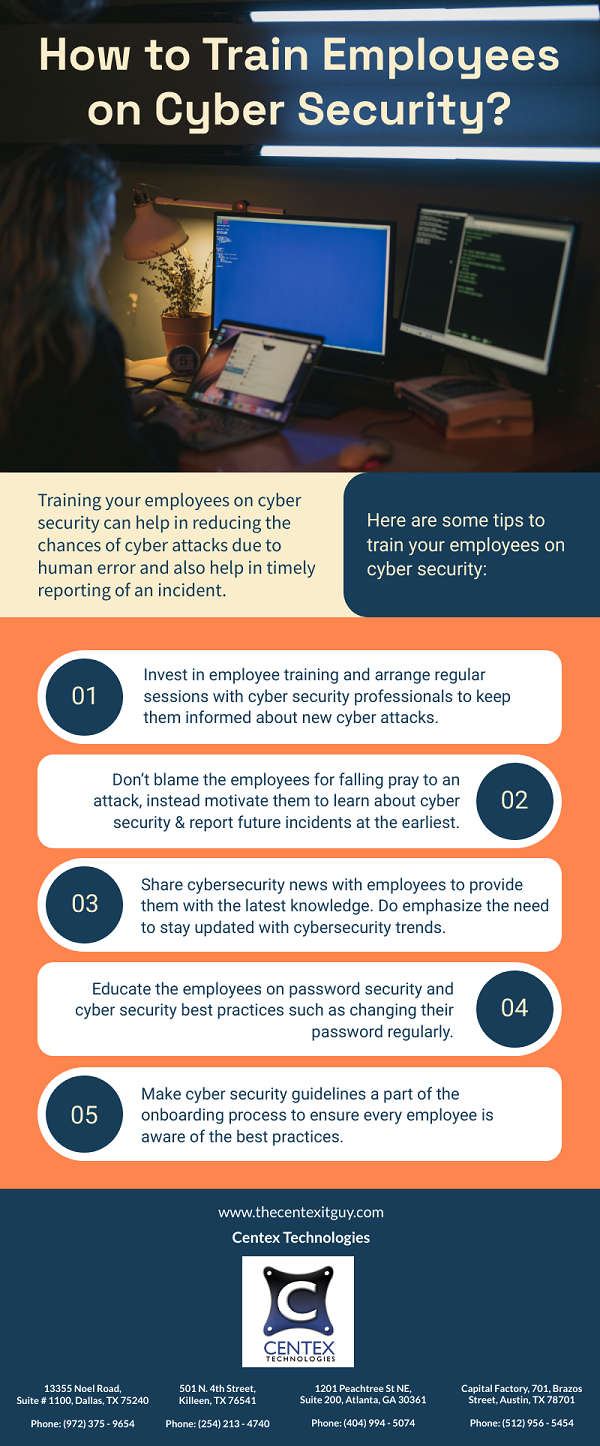The Business Continuity Plan, or BCP, focuses on the mitigation of potential risks and the restoration of operations in the event of a cyber-attack. With the ever-increasing risk of cyber-attacks, BCP is now an integral part of the overall business plan for most organizations.
Here are some ways that can help businesses integrate cyber security in their business plan in an effective & efficient manner:
- Involve Cyber Security Teams: Cyber security teams are usually well aware of the areas of concern regarding cyber security. Involving them in the discussion helps in gaining benefits from their insight & ensuring that all major concerns are taken into consideration.
- Secure All Systems: Secure the systems that run your business including the Wi-Fi networks, on-premise computers, remote devices, and all the endpoints connected to the network.
- Implement Basic Controls: Cyber Security & Business Plan Management teams should work in alliance to formulate & implement basic controls. Some examples of basic controls include remote working policies, remote device management policies, VPN management, mobile device management, etc. A thorough layout of policies, investments, roles, & responsibilities should be chalked out to define individual roles in case of crisis management.
- Ensure Data Backup: Lost data can cause serious business disruptions which can cause huge financial losses to the business. An amalgamation of cyber security & business continuity plan can help in combating business disruption caused by loss of data due to a data breach. Implementing regular data backup as a part of disaster recovery strategy is a logical action that helps in restoring access to data.
- Emergency Access Management: In times of crisis or recovery management, it sometimes becomes essential to grant access to third parties. However, appropriate policies should be laid down to make sure that level of access is limited to required systems or networks only.
- Prioritize Communication: Timely detection & remediation is key to preventing or fighting against cyber-attacks. So, promote multiple communication channels and make your employees understand the importance of communicating any irregularities or signs of breach to the designated team.
- Deploy Firewalls: A firewall is essential to secure network and systems from outside threats. However, as businesses now have both on-premises and remote systems or devices, it has become essential to deploy multiple firewalls – centralized firewall & program firewall. A centralized firewall protects the hardware while a program firewall helps in ensuring the security of individual devices.
- Automate Critical Processes: It is important to ensure business continuity even if the business faces a crisis such as cyber-attack. Also, it helps in ensuring the smooth working of critical business operations to minimize the impact of the crisis. This can be done by automating critical operations to make sure they keep running without any manual intervention even during a crisis.
- Formulate a Disaster Recovery Plan: Make sure that disaster recovery is a part of your business plan. A disaster recovery plan lays out thorough steps for threat recognition, response, & remediation for minimizing the impact of an attack.
Consult Centex Technologies for enterprise cyber security solutions. Contact Centex Technologies at Killeen (254) 213 – 4740, Dallas (972) 375 – 9654, Atlanta (404) 994 – 5074, and Austin (512) 956 – 5454.

